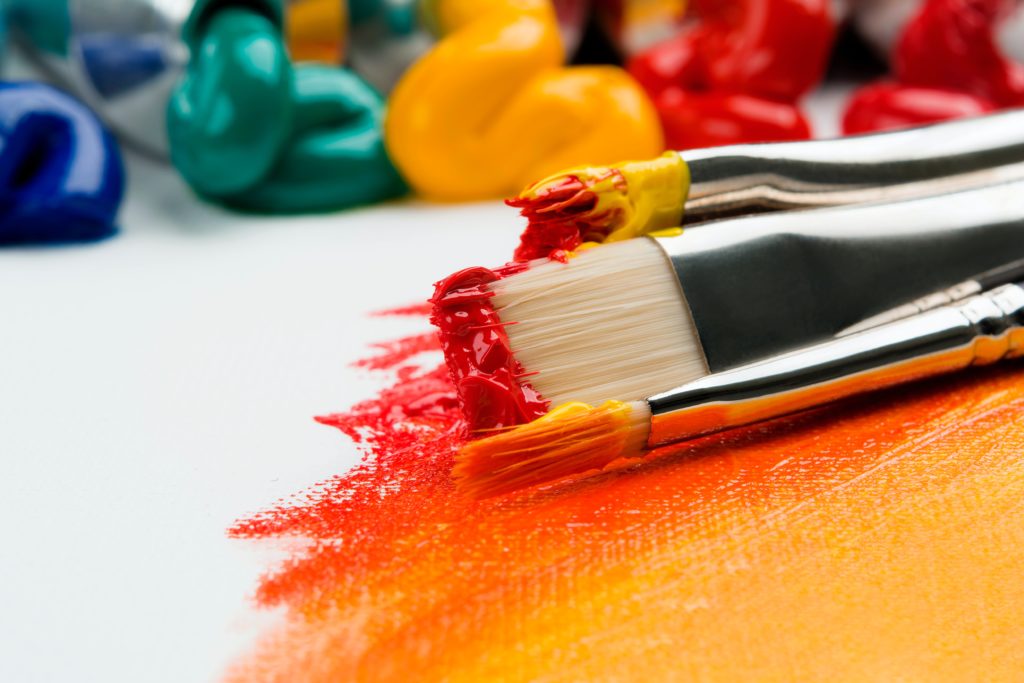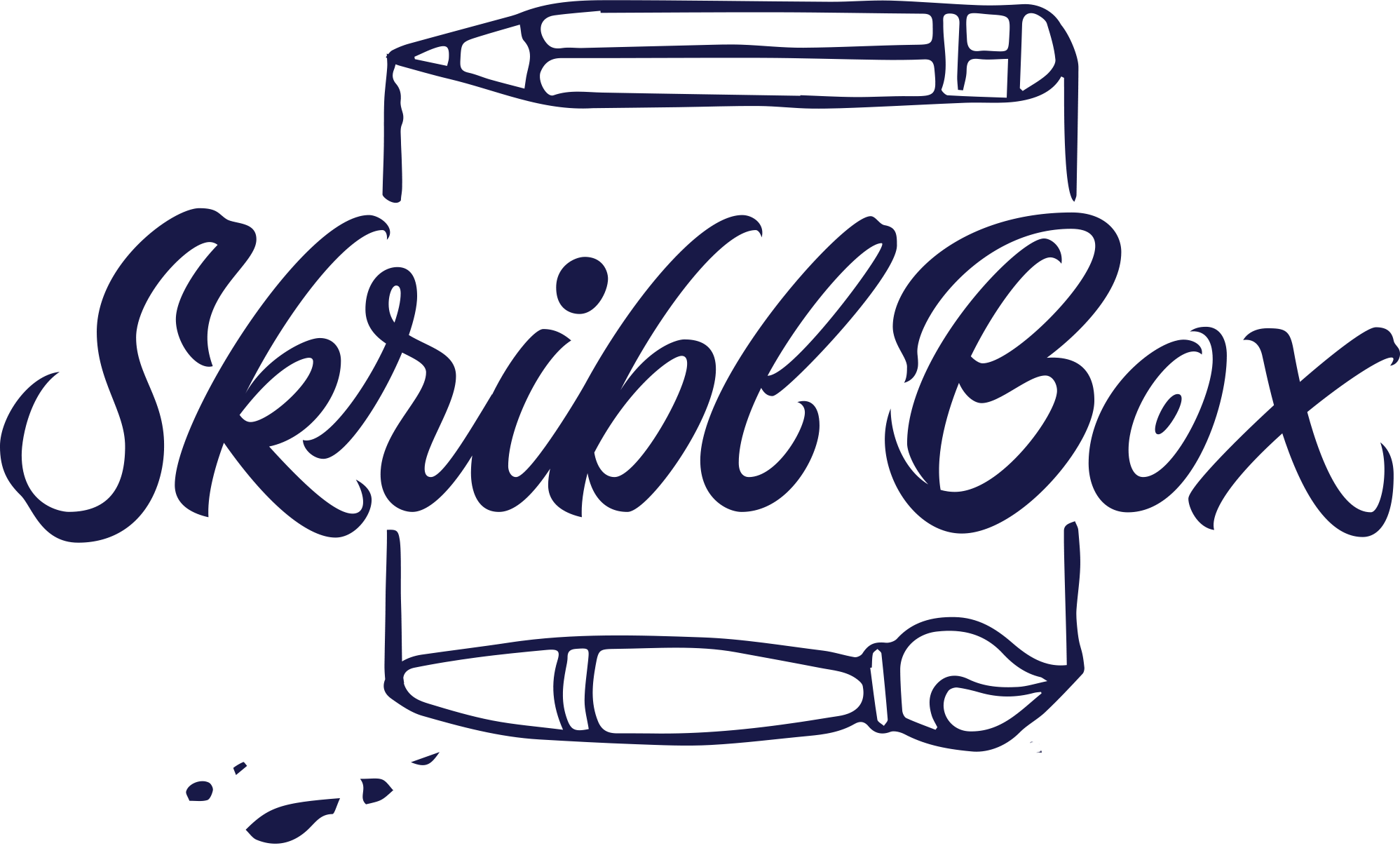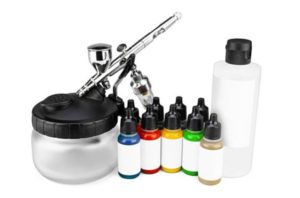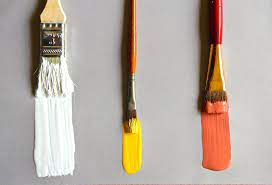
A Complete Guide on How to Use Paint brush
The most basic tool in the art world is the paint brush. They are like magic wands that can turn blank canvases into captivating masterpieces, allowing imaginations to run wild and emotions to find a voice. In the dance of colors and brushstrokes on the canvas, it is the tool of dreams, the muse of the creative soul, and the silent partner.
We will travel into the mysterious realm of the paint brush in this blog, where we will solve its mysteries and learn about the amazing ways it brings our artistic visions to life. As artists, we are frequently enthralled by the paintbrush’s allure. Welcome to the captivating realm of painting, where creativity has no boundaries and each brushstroke holds a tale just waiting to be revealed.
Before getting into the intricacies of painting, it is imperative to comprehend the various kinds of paintbrushes and their corresponding functions.
Related Articles: Master the art of gouache paint with these 7 tips
Types of paint brushes
Round Brushes:
These round brushes are ideal for a variety of painting techniques because of their round, pointed tips. They are perfect for precise work, fine lines, and details.
Flat Brushes:
These Flat brushes are great for covering large areas and creating bold, even strokes because of their flat, squared-off tips. They can also be used to fill in shapes and create crisp edges.
Filbert brushes:
These brushes combine the best features of round and flat brushes with an oval-shaped, flat tip. They work incredibly well for blending, softening corners, and drawing curved, smooth lines.
Fan brushes:
The bristles on fan brushes are arranged in a semi-circular pattern. They are ideal for producing soft, feathery strokes, blending, and creating textures.
Detail Brushes:
As their name implies, detail brushes are made for fine lines and intricate work. Usually, they have short bristles that are very controlling. Angle brushes are great for adding depth, filling in corners, and creating sharp angles in your artwork because of their slanted bristles.
Brush Features
It is essential to comprehend the parts of a paintbrush to use it correctly. There are three main components to a typical paint brush:
Bristles:
The bristles on the brush resemble hair. Bristles have two categories, there is synthetic as well as natural bristles available. The synthetic brushes tend to work best with water color (acrylic, gouache etc.) paints while with oil-based paints the natural bristles are preferred.
Ferrule:
The metal part that retains the bristles and fastens them to the handle is called a ferrule. To make sure the bristles are securely attached it is an essential part of a brush.It is essential for keeping the brush’s form and making sure the bristles are securely attached.
How to Apply Paint: Methods and Tips
After learning about the various kinds of paintbrushes and their parts, let’s look at some methods and advice for proficient paint brush use.
Brush Control:
To achieve accuracy in your work, you must be able to control your brush. To get various effects, practice drawing thick and thin lines and adjusting the brush’s pressure. Recall that your best allies are light touch and steady hand movements.
Filling the Bristle:
Dip your brush into the paint before beginning to paint. To fill the bristles of your brush evenly tap a little.
Grasping the Brush:
How you hold the brush is important. To improve control and make more precise strokes, hold it close to the ferrule. Hold it closer to the handle’s end for wider, looser strokes.
Brushstrokes:
Try out a variety of brushstrokes to create a range of effects in your artwork. A few typical brushstrokes are as follows:
- Laying Down Color: Fill in bigger sections of your canvas with wide, sweeping strokes.
- Dry brushing: To achieve a textured, scratchy look, you should apply paint with an almost dry brush.
- Cross-Hatching: To add texture and shading, overlap a set of parallel lines.
Scumbling:
To produce a foggy, atmospheric effect, lightly apply a dry brush containing just a bit of paint.
A Paint brush longevity depends on regular cleaning. Here is a brief how-to to clean your paintbrushes:
1- Rinse: Use the proper solvent to quickly rinse the brush after using it (solvent for oil-based paints, water for water-based paints like acrylics).
2- Soap, if required: To clean the bristles, use warm water and a mild soap. Using a brush cleaning pad or your fingers, gently rub the soap through.
3- Until Clear, Rinse: Rinse again until the solvent (for oil-based paints) no longer carries paint residue, or until the water (for water-based paints) runs clear.
4- Bristles should be reshaped after cleaning.
5- Air Dry: Before storing, allow the brush to air dry completely.
Things not to do when painting with a brush
1- Soaking brushes in solvent or water for an extended length of time.
2- Letting the paint on the bristles dry out.
3- Utilizing the incorrect brush for the type of paint (acrylic brushes for oil paints, for example).
4- Pushing too hard, running the risk of damaging the bristles.
5- Failing to clean and maintain brushes properly after use.
6- Letting paint build up in the ferrule, which could cause harm making your bristle loosen up.
7- Storing bristle-down brushes, which will distort them.
8- Utilizing abrasive materials or strong cleaning solutions.
9- Utilizing multiple paints and omitting to rinse in between color changes.
10- Allowing brushes to come into contact with cleaning container bottoms, which can cause bristles to bend or break.
Final words:
How to use a paint brush set is an essential need for an artist. To change your imagination to life to pour your feelings on paper you can’t just throw colors on your canvas you need a guide, wand to create some magic. We have done all the leg for you from kinds of paint brushes to different techniques of using paintbrushes.
So grab a paintbrush, consider the canvas your playground, and let your creative process take flight. Practice, perseverance, and an openness to trying new things will help you unlock this magical tool’s amazing power and versatility.
Related Articles :






